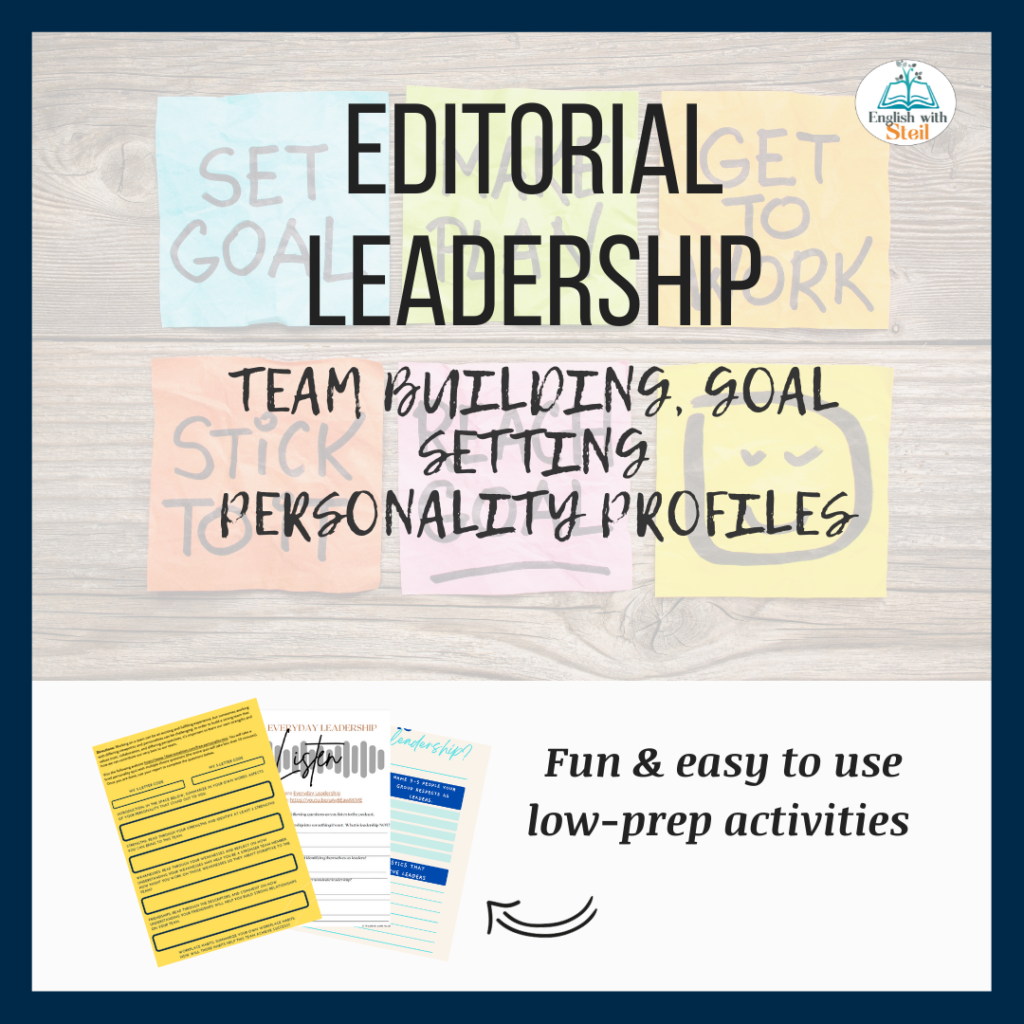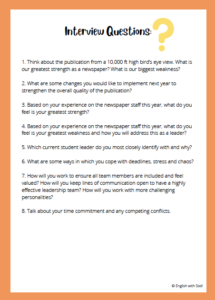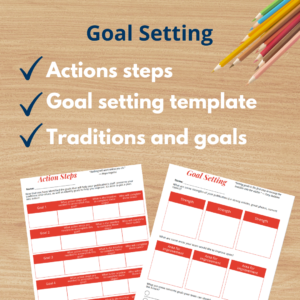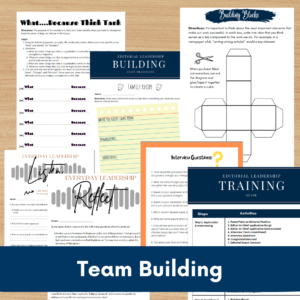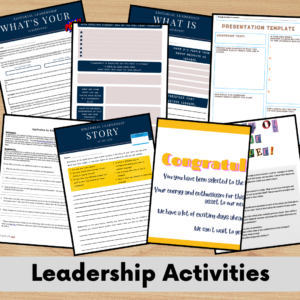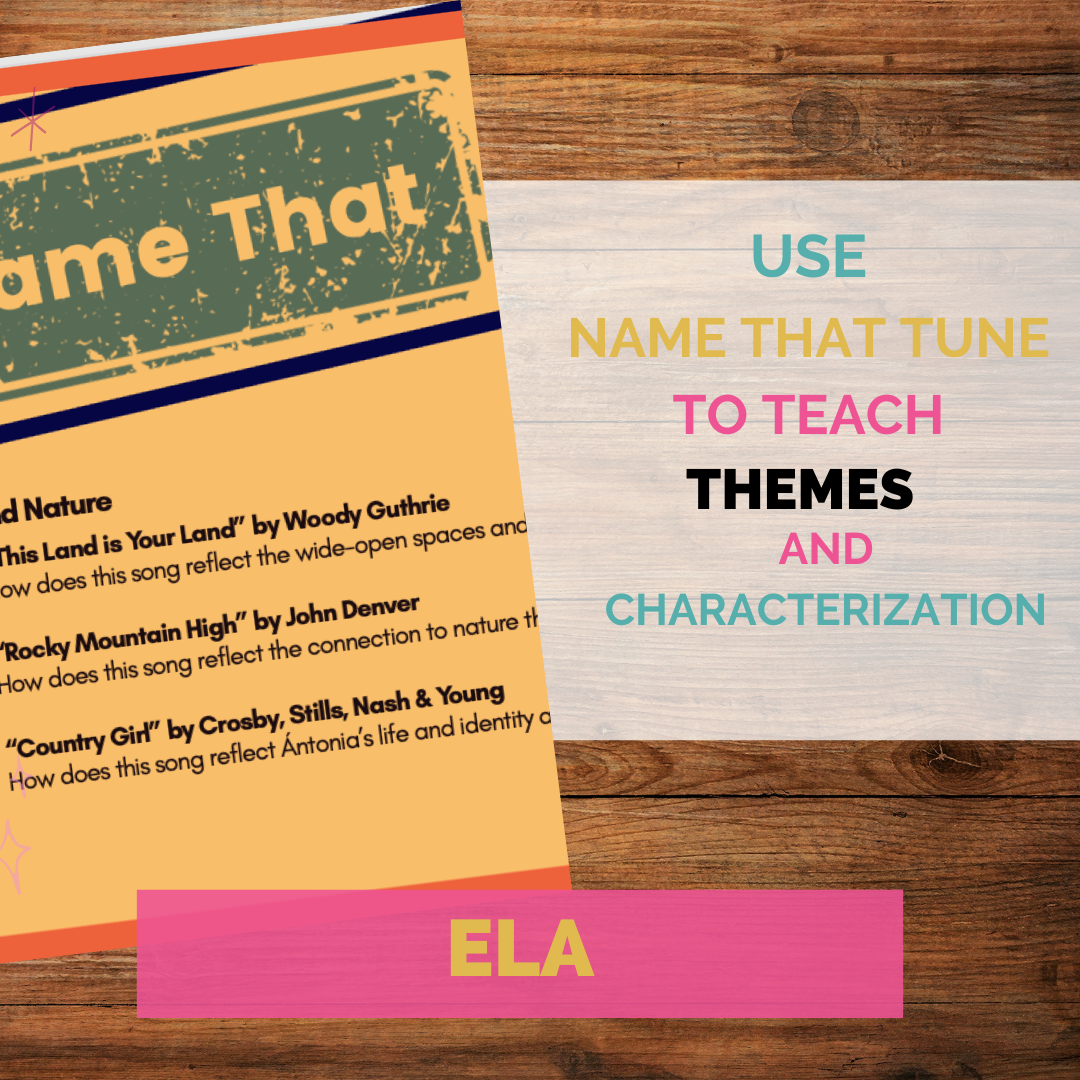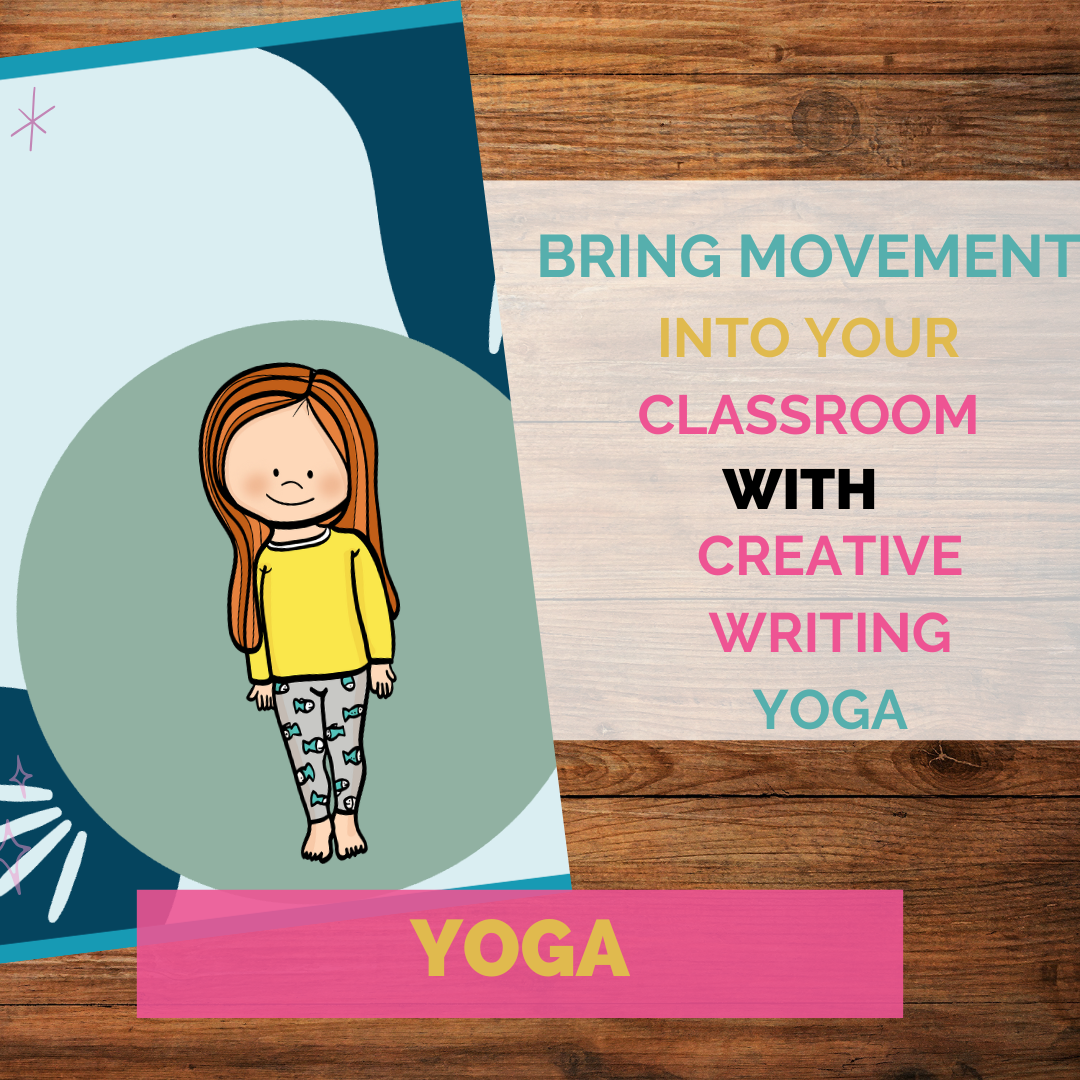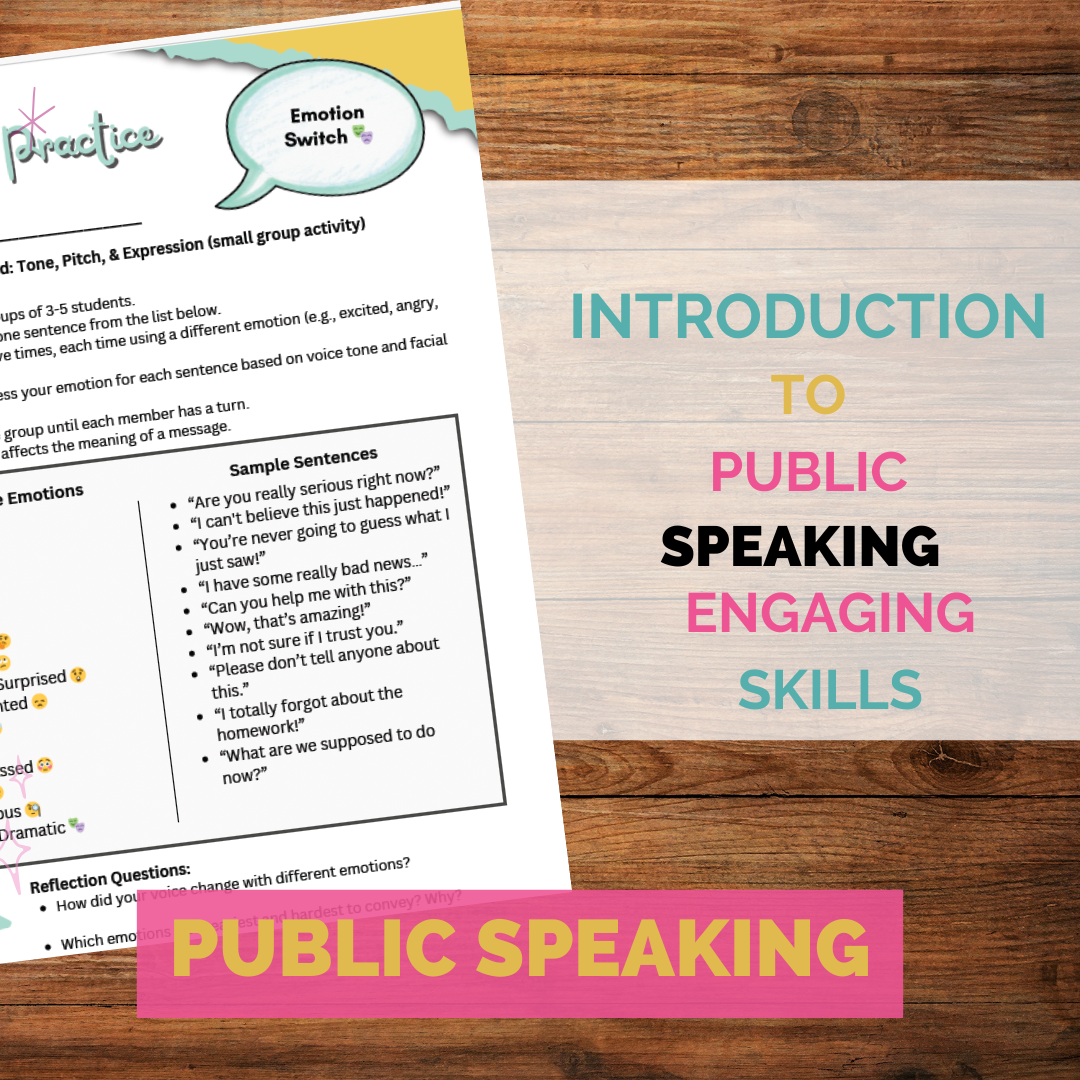Newspaper advisors play a crucial role in nurturing the next generation of journalists and ensuring the success of student-run publications. To effectively train new student leaders and guide them toward excellence in journalism, advisors should utilize these resources. These resources provide valuable insights, practical knowledge, and professional development opportunities that empower student leaders to uphold journalistic integrity, improve their reporting skills, and successfully manage their publications. By leveraging these resources, advisors can equip their student leaders with the tools they need to excel in the dynamic and ever-evolving field of journalism, fostering a culture of excellence and ethical reporting within their newsroom.
Building a Classroom Community
One of the most important aspects of starting my year in my journalism courses is building a classroom community. After a year of black Zoom boxes, I decided before I even introduced the content this fall, I wanted to build a sense of community in my journalism classes by implementing easy no-fail classroom community building activities.
Any coach or club advisor will tell you that building a strong team is the key ingredient of any successful group. I have tried many different strategies over my 20+ years teaching journalism, from toilet-paper mummies to eggs on a spoon (don’t forget to hard boil the egg before you start!), but the activities below are easy to set up, don’t involve many supplies, and have a big impact in a short period of time.
Every spring I work with my incoming Editors-in-Chief to build a strong leadership team. We spending time learning about our unique personalities and how we can celebrate each other’s strengths and recognize and respect each other’s differences. We define leadership, explore the qualities and characteristics of strong leaders, and work together to plan our goals for the upcoming year.
Here are my top 5 back-to-school activities to inspire collaboration and community in my journalism classroom
In the fall, our new staff members arrive, and because we often don’t have the luxury of providing the full training my EICs get in the spring, it’s still extremely important to establish a positive class culture. While there are thousands of get-to-know-you games and activities posted all over the internet, what I love about these activities is that they are by far the easiest to prepare and they relate to ideas ideas in a journalism classroom.
1. Newspaper fashion show:
I have used this exciting and fun activity for years to start the first day of school. I put students into small groups of 3-4 students and ask them to create one item of clothing out of newspapers.
- They are provided 2 newspapers (our own papers of course!) and 1 roll of tape. They are allowed 10 minutes to brainstorm what they will make (great collaboration and communication), and actually create an item of clothing they can wear. A fun challenge is that the item must be worn by at least one student for up to 1 minute. Some ideas of the types of products students create range from crowns, sashes, skirts, hats, to sectors and shoes!
- Once students are done creating their item, I have them participate in a short fashion show wearing their newspapers. The group that designs the most stable newspaper shoe and can walk across the room wins!
- Following this activity, we process as a group about the necessity for collaboration and teamwork in order to create their product with limited tools and a short time frame (this is similar to creating a story or creating a publication in a short period of time).
- An additional idea if you have time: Sometimes I ask students to look up one quote to describe what they now think about teamwork and collaboration and its importance to our classroom community. This reflective part of the activity really helps a strong community!
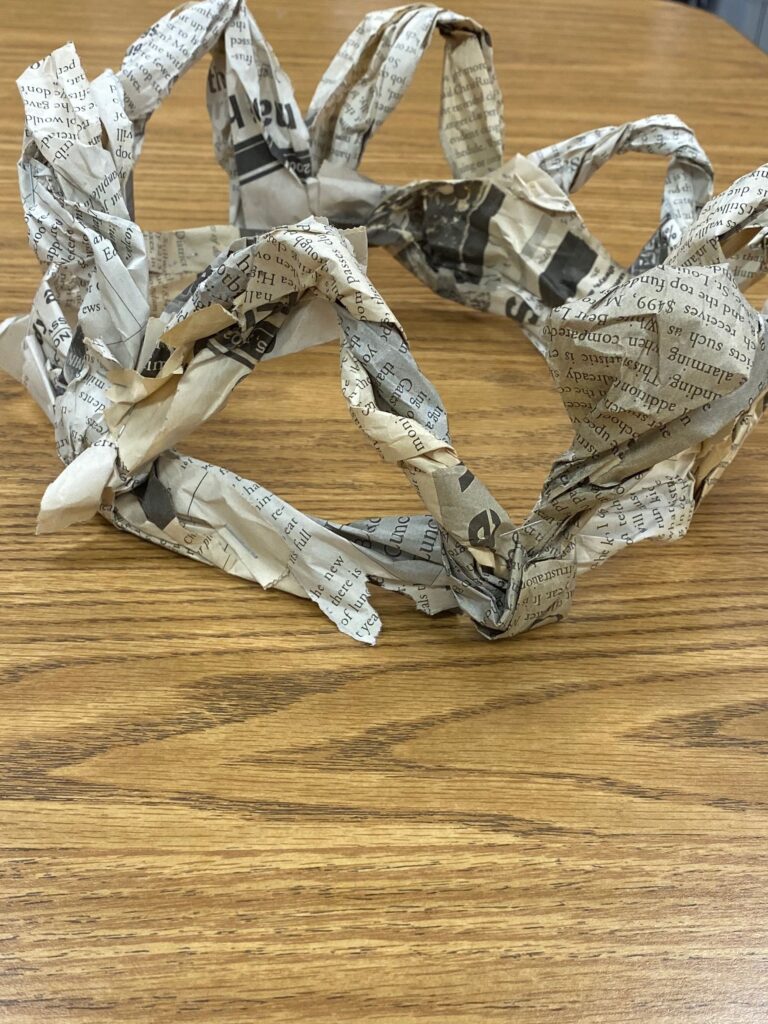
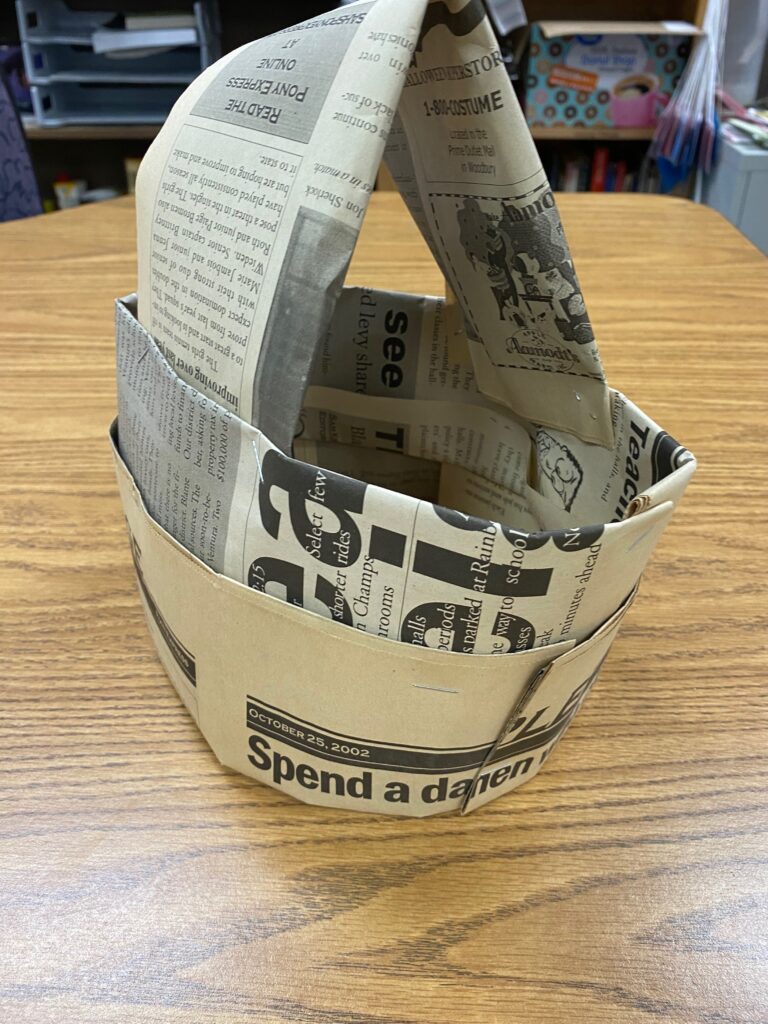
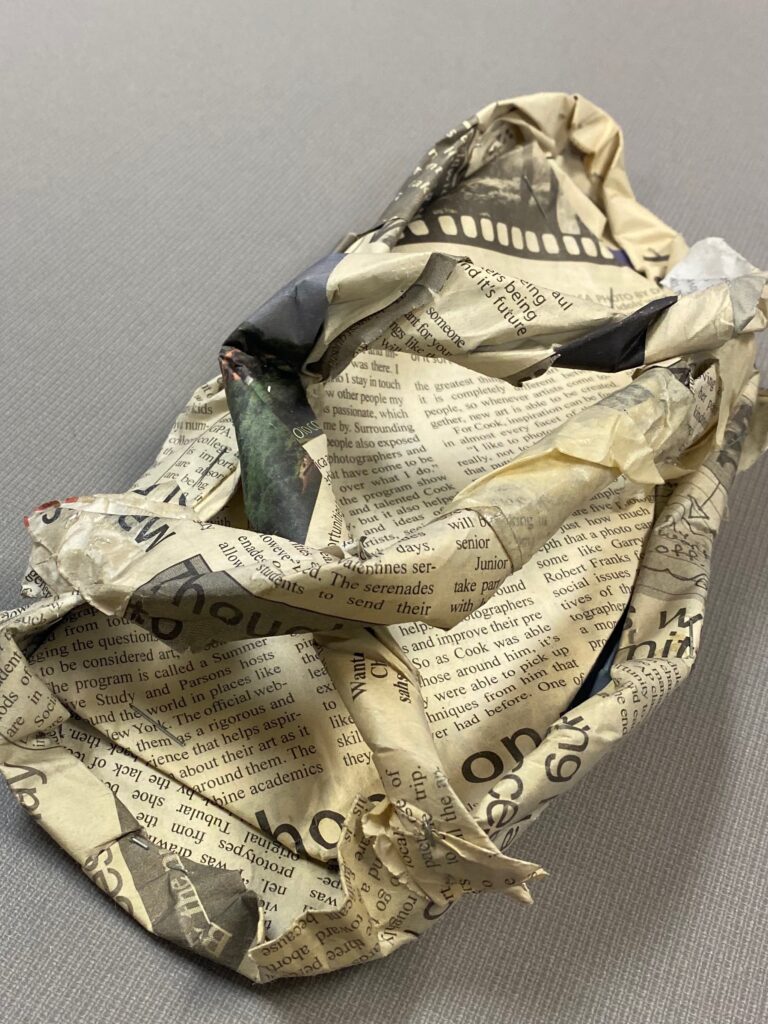
2. School Trivia:
New journalism students sometimes have a harder time learning the ropes and who to go to for certain stories. This School Trivia not only introduces student reporters to people and places around the building, but this Trivia competition helps students learn teamwork and how to investigate to figure out who to interview.
Once students have an understanding of the process of interviewing sources, I divide them up into small groups and have them investigate the answers to the questions on the School Trivia form.
My Editors-in-Chief are asked to help students in they are stuck on any specific question. Again, not only does this fun activity help to build collaboration among your students, but it helps them learn practice research and investigation skills in your classroom!
3. Picture is worth 1000 words:
This is a fairly common get-to-know-you activity, but it’s fun when students start to think about telling stories visually is a key part of journalism. I love this activity because it can be done any time of the year and used as often as you want with little to no prep on your end!
I have students count back 10 (or so) photos on their phones and tell a story about what is going on in the photo.
*If students don’t have a phone, I just ask them to think about something interesting that happened in their lives over the past week.
What is different about this activity, is that as students describe their photos, I have them practice using the 5Ws and how to tell the story of their photo.
For example: In this photo, I am sitting outside in my back yard teaching a lesson to my journalism students during distance learning. We bought a puppy during covid, so he kept me company as I taught my classes.
What I love about this simply activity is that students practice visual literacy by describing what is going on in their photo, as well as using the 5Ws and how to explore the details of the photo. Also, the best part is students get to know a bit about each other by sharing stories and life events.
*This can be enhanced for more sophisticated students by asking them to discuss framing, lighting, composition, and other photography techniques.
4. Penny challenge:
I learned about this activity at a journalism convention about 10 years ago and I have used it in my classroom ever since! Like the photo activity above, this activity involves very little prep and no clean up! Also, this is something can be repeated throughout the year.
If you’re anything like me, you have a change jar or pocket of change. Just sort out some pennies and you are good go!
As a fun way to introduce students to the 5Ws and how of investigative journalism, I pass out a penny to a small group of students and ask them to research the year on the penny.
They are allowed to use any device and I generally give them about 10 minutes to research and take notes. I ask them to specifically narrow down their notes to focus on a single event from that year and identify the 5Ws and how.
Once they work together to pick one event, they select a member of their group to share this with the class. Before they share, I have students line up chronologically so students can hear the historical events in the order they occurred.
This is a great way to get students working and researching together!
